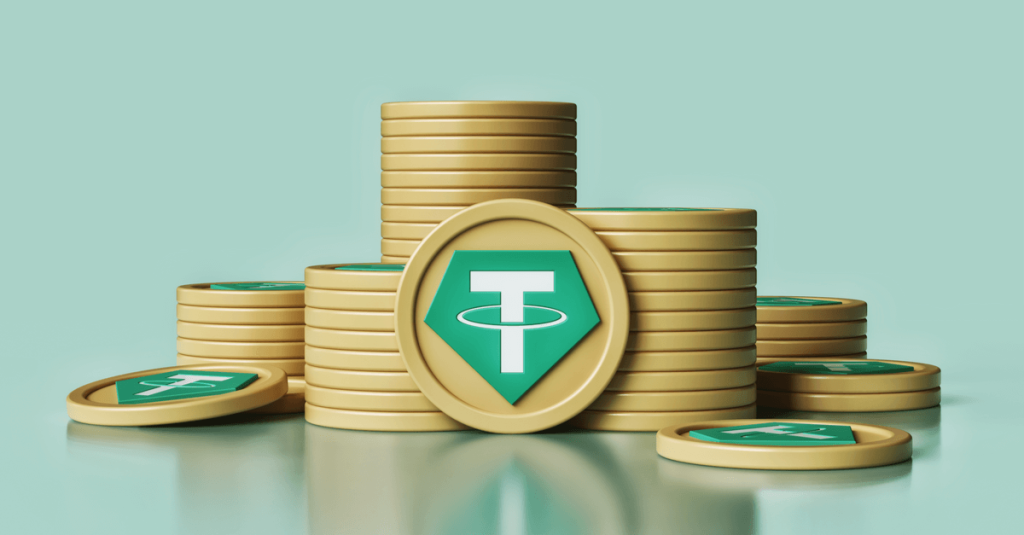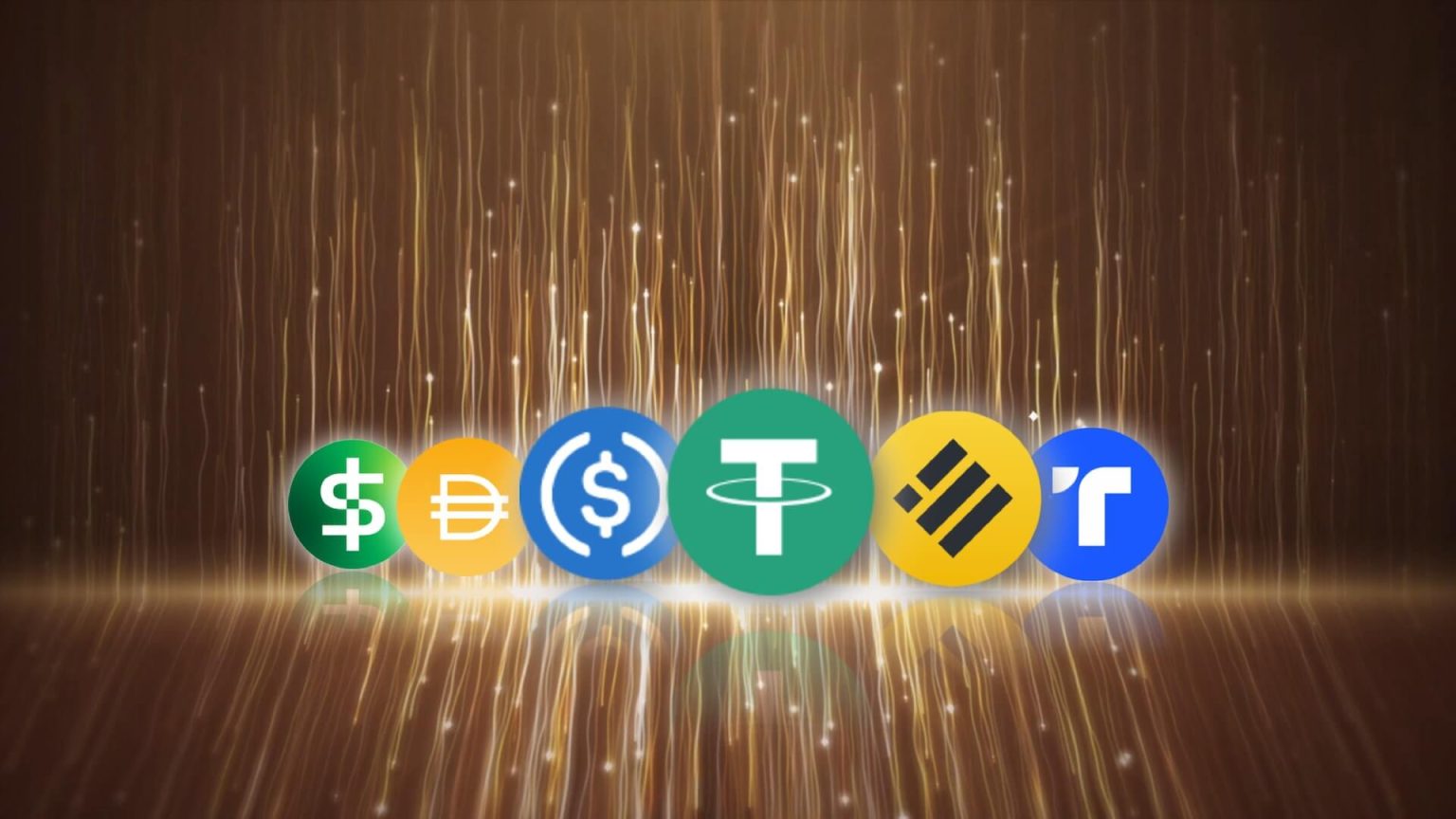As cryptocurrencies continue to reshape global finance, stablecoins are emerging as a critical component in the ecosystem. By combining the benefits of blockchain technology with price stability, stablecoins address one of the biggest challenges faced by traditional cryptocurrencies—volatility.
This blog explores the world of stablecoins, their use cases, advantages, and potential role in the future of digital payments. Whether you’re an investor, a business owner, or simply curious about crypto, understanding stablecoins is essential to navigating the evolving financial landscape.
What Are Stablecoins?
Stablecoins are cryptocurrencies designed to maintain a stable value by pegging their price to an external asset, such as:
- Fiat currencies: US Dollar (e.g., USDT, USDC).
- Commodities: Gold or oil.
- Algorithmic mechanisms: Using supply and demand algorithms.
Unlike traditional cryptocurrencies like Bitcoin or Ethereum, which experience significant price fluctuations, stablecoins provide stability, making them ideal for payments, savings, and trading.
Why Are Stablecoins Important?
1. Mitigating Volatility
Stablecoins offer a safe haven during market downturns by maintaining a consistent value. This makes them ideal for traders and investors looking to hedge against volatility.
2. Simplifying Digital Payments
With predictable pricing, stablecoins are increasingly used for everyday transactions, offering faster and cheaper payment solutions compared to traditional banking.
3. Enabling Cross-Border Transactions
Stablecoins eliminate intermediaries, reducing fees and processing times for international payments.
4. Bridging Traditional Finance and Crypto
Stablecoins serve as a bridge for institutions and individuals entering the crypto market, providing a familiar asset class with blockchain benefits.
According to CoinDesk, the market capitalization of stablecoins reached over $150 billion in 2022, highlighting their growing adoption and importance.

Types of Stablecoins
1. Fiat-Backed Stablecoins
These stablecoins are backed by reserves of fiat currency held in banks. Examples include:
- Tether (USDT)
- USD Coin (USDC)
2. Commodity-Backed Stablecoins
These are tied to physical assets like gold or oil. Examples include:
- Paxos Gold (PAXG)
- Tether Gold (XAUT)
3. Algorithmic Stablecoins
These are governed by algorithms and smart contracts to control supply and demand. Examples include:
- TerraUSD (UST)
- Frax (FRAX)
4. Crypto-Collateralized Stablecoins
These are backed by other cryptocurrencies. Example:
- DAI (backed by Ethereum and other assets).
Use Cases of Stablecoins
1. Digital Payments
Stablecoins allow users to send and receive money instantly, reducing reliance on traditional banking systems.
2. Remittances
Cross-border payments with stablecoins are faster and more affordable, eliminating intermediaries like banks or money transfer services.
3. Trading and Investing
Traders use stablecoins to move funds between crypto exchanges and protect their portfolios during market volatility.
4. Decentralized Finance (DeFi)
Stablecoins play a key role in DeFi applications, enabling lending, borrowing, and yield farming without the risks associated with price fluctuations.

Advantages of Stablecoins
1. Speed and Efficiency
Stablecoins process transactions in minutes, compared to days for traditional banking systems.
2. Lower Transaction Costs
By eliminating intermediaries, stablecoin transactions are more cost-effective, especially for cross-border payments.
3. Accessibility
Anyone with an internet connection can use stablecoins, promoting financial inclusion in underbanked regions.
4. Transparency
Blockchain technology ensures transparency in transactions, making it easier to track and verify transfers.
Challenges and Risks of Stablecoins
1. Regulatory Uncertainty
Governments worldwide are exploring regulations for stablecoins to ensure consumer protection and financial stability.
2. Centralization Risks
Fiat-backed stablecoins rely on centralized entities, which may pose risks of mismanagement or lack of transparency.
3. Algorithmic Failures
Algorithmic stablecoins, while innovative, are susceptible to de-pegging during market stress, as seen with TerraUSD (UST).
Are Stablecoins the Future of Digital Payments?
Stablecoins have the potential to revolutionize digital payments by offering a secure, efficient, and cost-effective alternative to traditional systems. They bridge the gap between traditional finance and decentralized blockchain technology, making them an attractive option for businesses, governments, and individuals.
With increased adoption, improved regulatory frameworks, and technological advancements, stablecoins are poised to play a significant role in the future of digital payments.
How EPIQ Trading Floor Can Help
Navigating the world of stablecoins requires reliable tools and insights. At EPIQ Trading Floor, we provide everything you need to stay informed and make strategic decisions:
- Comprehensive Market Data: Track stablecoin prices, volumes, and trends.
- Educational Resources: Learn from experts about stablecoins and their applications.
- Advanced Dashboards: Use our crypto macro dashboard to analyze market dynamics.
Start your 3-day free trial today and gain access to tools that empower your trading journey.
Conclusion
Stablecoins offer a stable and efficient alternative to traditional payment methods, making them a critical component of the cryptocurrency ecosystem. As adoption grows, understanding their mechanisms and use cases becomes essential for both traders and everyday users.
Explore the world of stablecoins with confidence by joining the EPIQ Trading Floor. Start your journey with a 3-day free trial and unlock the tools and insights needed to succeed.
Disclaimer: The information provided in this blog is for educational purposes only and does not constitute financial advice. Cryptocurrency trading involves significant risk, and you should consult with a financial advisor before making investment decisions.










Responses